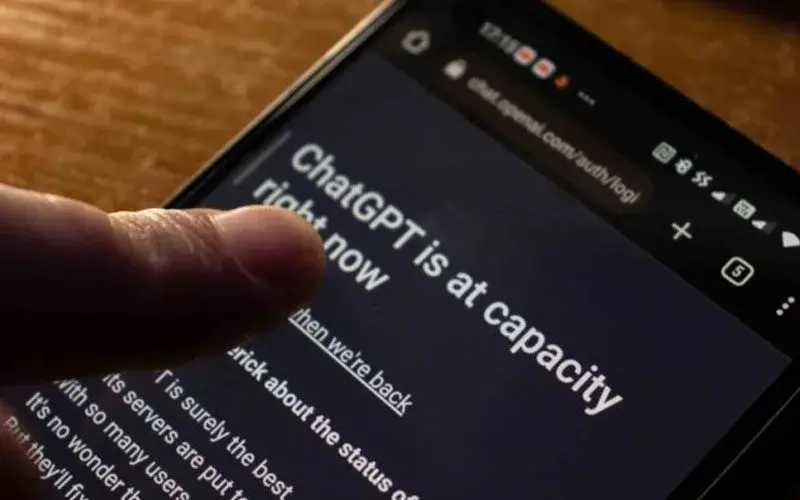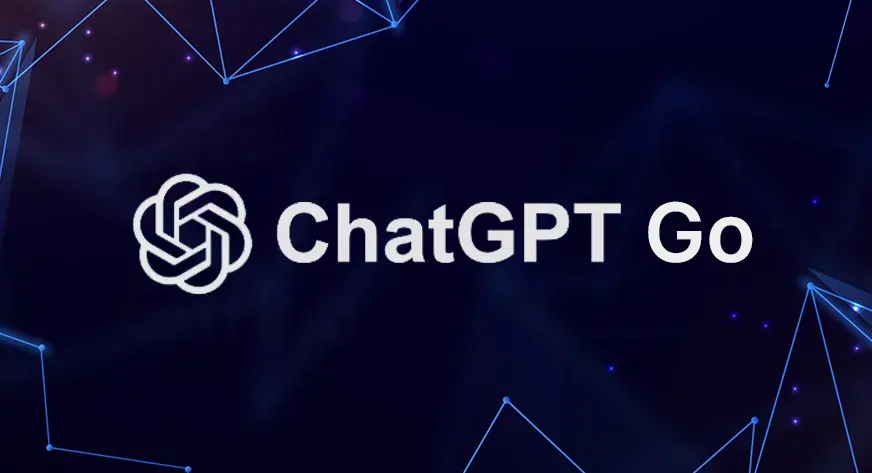ChatGPT Go is here, bringing the power of AI to every smartphone. Its lightweight design means it works on a wide range of devices and networks. However, to get the best results, you need to use it smartly. This isn’t a complex, top-tier AI. It’s an efficient tool. Knowing its strengths and weaknesses will help you get the most out of it.
This guide will show you how to optimize your device and your prompts to make ChatGPT Go an indispensable part of your daily life.
Optimize Your Device for Peak Performance

A clean device is the first step to a smooth AI experience. Even though ChatGPT Go is lightweight, other apps running in the background can slow it down. Before you start a session, close all non-essential apps. This frees up RAM and processing power. It lets the AI run faster.
Our lead tech analyst, Mark Anderson, explains this simple rule. “Think of your phone’s memory as a workspace. You wouldn’t try to write an important document with a dozen other papers scattered on your desk. Close everything else. This gives ChatGPT Go the space it needs to think and respond quickly.”
Clear Cache and Check Connectivity
Regularly clearing your app’s cache also helps. A bloated cache can slow down your device. In addition, make sure you have the most stable connection possible. While ChatGPT Go works on 4G, a consistent signal is key for quick responses. If you have Wi-Fi access, use it. This will provide a faster and more reliable connection.
Crafting the Perfect Prompt: The Art of Conversation
The way you ask a question determines the quality of the answer. ChatGPT Go is powerful, but it’s not a mind-reader. It needs clear instructions. Giving it more context and specific details will lead to better results. For example, instead of asking, “Tell me about cars,” you could ask, “Explain the difference between a hybrid and an electric car for a high school student.” This simple change gives the AI the context it needs to provide a relevant, helpful answer.
“The best way to use any AI is to treat it like a brilliant but literal assistant,” says Anderson. “Be specific. Tell it what you need, who the information is for, and in what format you want the response. The more context you provide, the better the result will be.”
Use Follow-Up Questions for Deeper Answers
Don’t be afraid to have a conversation with the AI. If the first answer isn’t exactly what you need, ask a follow-up question. For example, after getting the first answer, you could say, “Now, give me a list of the top five electric cars in Indonesia based on your previous explanation.” This approach allows you to refine the AI’s response and get to the information you need more quickly.








